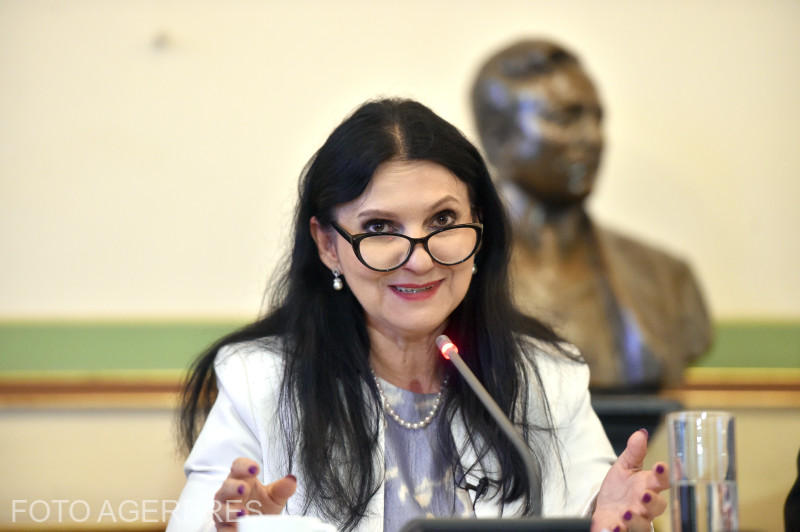Most countries in the Eastern Europe and the former Soviet Union, including Romania, will have the oldest populace worldwide before 2025. In case the pension reforms and the health insurance system are not properly handled, the situation will jeopardize the recent success in economic development, the World Bank report "From red to grey: The third transition" reads.
The report shows that, although the aging is a general phenomenon, 28 countries in Eastern Europe and the former Soviet Republics confront combined issues, such as a poor populace and incomplete transition processes that left them with immature markets.
The population in the region is expected to decrease 24 million in the following 20 years.
“None of the aging countries worldwide is as poor as Georgia, where the average GNP is under 1,000 dollars per year. One fifth of the populace will disappear during the following 20 years", the report warns.
Before 2025, Russian population will decrease 17 million, while the average age in Slovenia will be 47, one of the highest in the world.
The authors warn that the main problem is that aging population will mean more pressure on public expenses, mainly for pensions and long-term treatments.


















